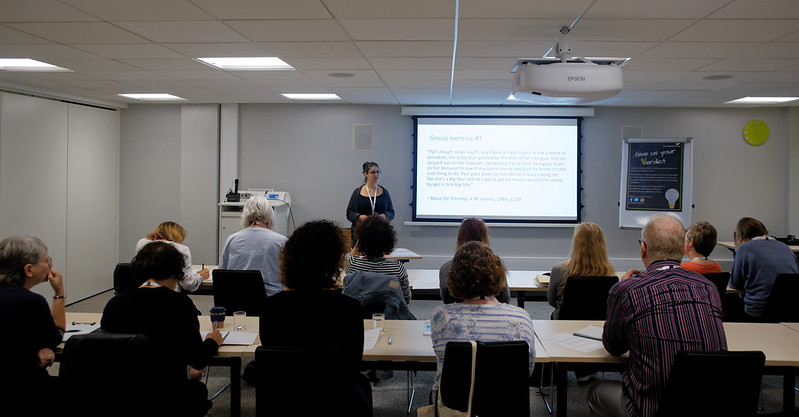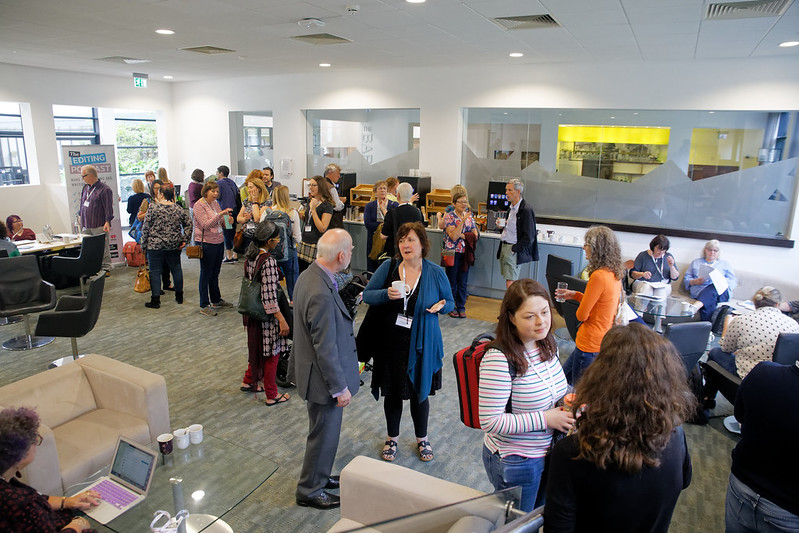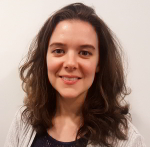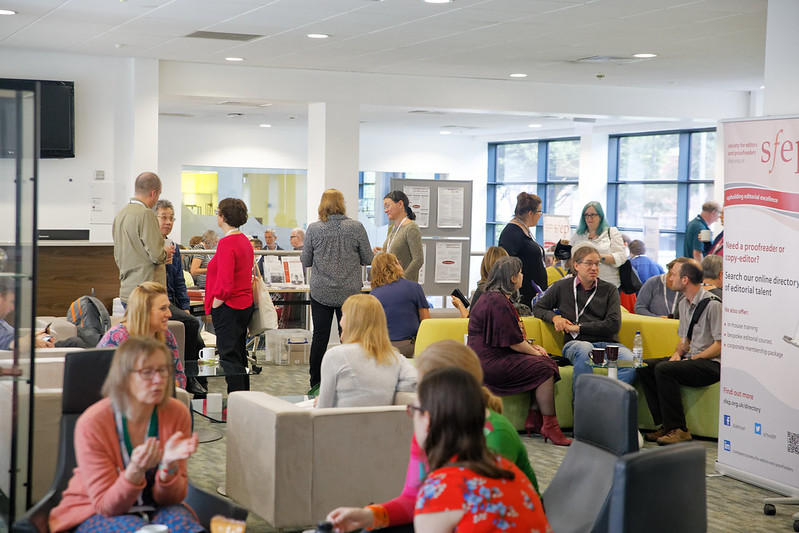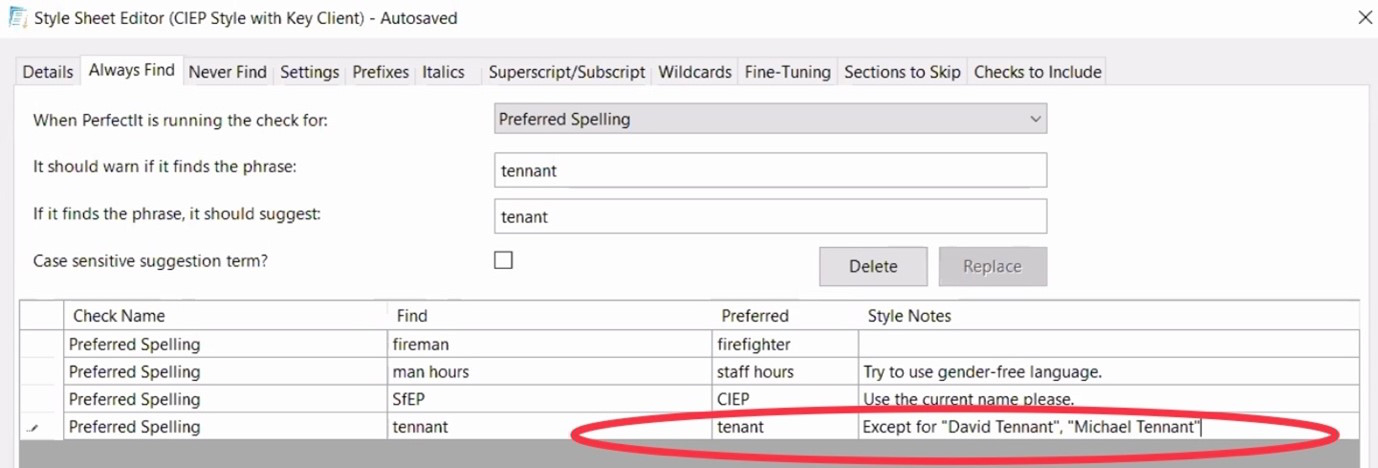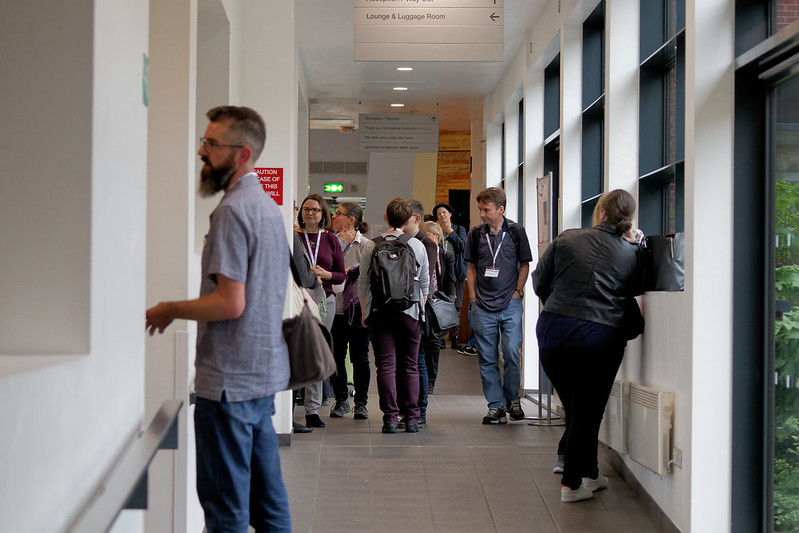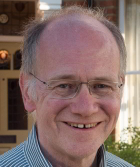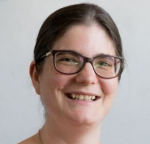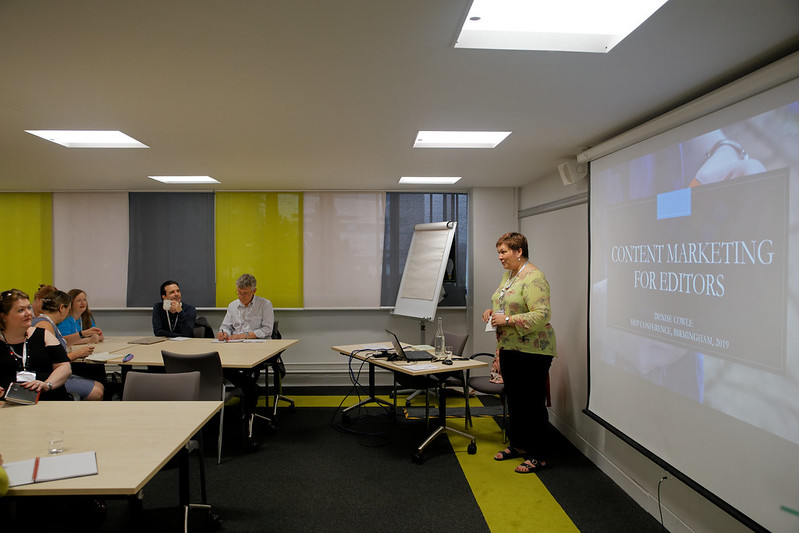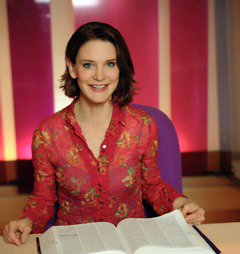Returning to its usual early September slot, the CIEP’s annual conference stayed online in 2021. Over 370 people attended from time zones across the world, with speakers in the UK, Australia, Argentina, Canada and the United States. Recordings of all sessions have been made available to attendees, so it truly was a bumper offering for everyone. Summaries of all sessions will be published on this blog over the coming weeks.
CIEP chair Hugh Jackson closed the 2020 conference with moving words, and many of us had tissues at the ready as he opened this year’s.
Hello and welcome back to the CIEP conference. Another year has passed, summer is slowly turning to autumn, and it is my absolute joy to be able to see you all again. Of course, to some people I’m not saying welcome back but welcome for the first time. We’re so very pleased you could make it. This year, I’d like to extend a special welcome to members of our partner organisations; I very much hope you will enjoy the experience of conference.
Right now, if all had been well, we would have been basking in the bright warm sun and cloudless skies of Glasgow in autumn. We should have been gathering in excitement in a conference room, sitting next to strangers who will soon become friends, and grasping pastries and mugs of steaming coffee – or, as Beth describes them, disappointing beverages. We would have shaken hands and hugged, and long into the night we would have talked and laughed. While we might have been in one place, though, we wouldn’t all have been together, because many of our friends and colleagues have only been able to come to conference these last two years because it has been online. When we board planes or trains, or get into our cars for long drives to another city again for an in-person conference – and I promise we will do – we will have to find a way to do so as one body, bringing everyone along with us and leaving nobody behind.
There’s something special about our conference. It would be easy to say that it’s all about the learning or about the social interaction – and those are top-notch, by the way: if you’re here for the first time, you should know you’re in for a real treat – and it’s not simply that the people you meet here at conference are just plain nicer than people you meet everywhere else – which is also true – but I think it’s something more than that. I’ve been to plenty of conferences, and I’m sure you have too, that have had all those elements but haven’t had that something special, that buzz of excitement, that crackle of activity that you get here. I’ve been wondering what it is, how to explain it, and I think it’s this. Once a year, we get to come together and not only is there brilliant learning and socialising and lots of lovely people, but we’re also reminded that we’re a vital part of something bigger than ourselves, a mission with a history that was here long before us and will thrive long after we are all gone. A profession that spans the continents and unites us in our delight in something so simple but so powerful as the written word, the careful arrangement of dots of ink on paper or pixels on a screen.
I left you last year with the thought that, whatever happened over the following year, whatever struggles we’d have as a profession, we’d weather them together. I’ve never been so proud of being a member of this community as I have been this last year, because of how well I’ve seen you all come together. I know it’s not been easy, and I fear it might stay difficult for some time, in any number of ways. I can’t promise broad, sunlit uplands, and no responsible speaker would. The road ahead is also not yet obvious. But when so much closed down in spring last year, editors kept on going. In the absence of theatres, galleries, concerts, sports events and schools, the need for that power of the written word felt desperately important, whether that was the enormous quantities of new research, scientific and social, trying to make meaning out of what at times felt senseless and plotting a course through to the light ahead, or new human stories that, indeed, tried to do exactly the same thing. Book sales rocketed, because people needed to read but also to write, to express new feelings and fears and hopes and understandings that they hadn’t had before. When things became bleak, people instinctively reached out for the power of the word, and you were there to make sure it was the right word. Thank you.
But where did we go? Where did we take refuge when our professional lives became difficult? When our businesses went quieter? When we couldn’t see our friends? When our families refused to have another flaming conversation about some funny typo we found in a newspaper? But also when we were just starting a business in the middle of a pandemic and needed to know how to get that first client, finish that first training course, make that first cold call to a publisher? What happened when our words failed us? Where did we go then? We came here, to be together. And the CIEP and its members have been here throughout, with kindness, authenticity and hope. When the world closed down, we opened up. All of this is to say, whether I’m saying to you welcome or welcome back, what I’m really saying is welcome home. You’ll be glad you came. And it’s my great privilege to declare the conference open.
The CIEP conference takes place every year, and in 2020 and 2021 the whole event was online. Plans are afoot to make the 2022 conference an in-person and online hybrid event.
 About the CIEP
About the CIEP
The Chartered Institute of Editing and Proofreading (CIEP) is a non-profit body promoting excellence in English language editing. We set and demonstrate editorial standards, and we are a community, training hub and support network for editorial professionals – the people who work to make text accurate, clear and fit for purpose.
Find out more about:
Posted by Abi Saffrey, CIEP blog coordinator.






